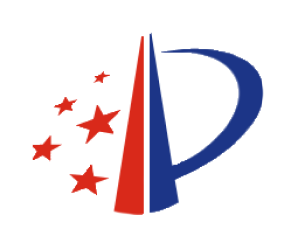ID5 2022 Booklet
This document was compiled to present an overall look into the wide variety of projects undertaken by the ID5. This includes finalised projects and ongoing projects alike. Here we briefly detail the main aspects of each. The achievements have been structured around five main themes agreed on at the inception of the founding projects. The initiatives at the heart of these themes are aimed at advancing and modernising the industrial design system.
Remedies and relief for industrial design infringement
The aim of the project “Remedies for Industrial Design Infringement” is to give an
overview of the available remedies and relief for industrial design infringement for each
of the Partners, and how this remedy/relief is determined.
ID5 Catalogue of Quality Services Involving Users
Sharing information on quality management initiatives between the ID5 partner offices has been an ongoing activity over the last few years. For this reason, the ID5 partners launched a new project regarding quality management co-led by the CNIPA and the EUIPO. The main goal of the project is to exchange information regarding quality management initiatives between the five partner offices and to identify quality initiatives with user involvement mainly in the field of designs.
Industrial Designs Advancement and the ID5: A 5 Year Review
The aim of the 5 Year Review is a high level survey of each ID5 jurisdictions significant legal and practice changes with regard to industrial design protections and filing practices in the last 5 years. The survey would not be limited to any specific topics but would be driven by and focus on topics that the ID5 have been actively engaged in over the last 5 years. Examples of developments that come to mind immediately for inclusion are changes in practices related to the implementation of WIPO DAS as a mechanism for electronic exchange of priority documentation, changes in practices and laws related to grace period, new and emerging technologies, 3D printing, damages/remedies, filing practices, etc.
Study of design Non-Patent literature data resources among ID5 Offices
The project aims at information sharing and comparative study of design non-patent literature
data resources among the five partner offices, and the project will be studied from four aspects.
3D printing and industrial design protection
The “3D Printing and Industrial Design Protection” Project is to compare the scope of
industrial design protection among Partners in relation to the undertaking at different
stages of the 3D printing process.
Analysis of underlying economic factors and IP Office actions on how they impact global design filings
The main objective of this study is to assess and describe the impact of relevant underlying economic drivers and IP related events on the evolution of the design applications volumes for the ID5 IP offices.
Recommended design practices
The aim of the project “Recommended Design Practices” is to produce an agreed set of
recommended but non-binding provisions endorsed by the ID5 Partners.
Study of quality management by ID5 Offices
According to the progress and study results, the ID5 offices can also discuss the possibility
of sharing some information with the public, or conducting further study, such as implementing information
sharing on some specific subjects of common interests in quality management.
Compilation of industrial design statistics
To develop common statistical indicators and a process to regularly exchange statistical data
based on the indicators and to update or amend the indicators in order to more accurately capture the critical
data of interest to the Partners and share the data with our users.
Development and maintenance of ID5 website
To develop and maintain a website in order to effectively share with each other and with
users primary information concerning each Partner’s design regimes and shared priorities, as well as the details
and progress of various cooperative projects.
Catalog of eligibility for industrial design protection
To broaden the mutual understanding amomg Partners through the sharing of basic legal information, such information as on design protection systems and regitrability reqirements.







